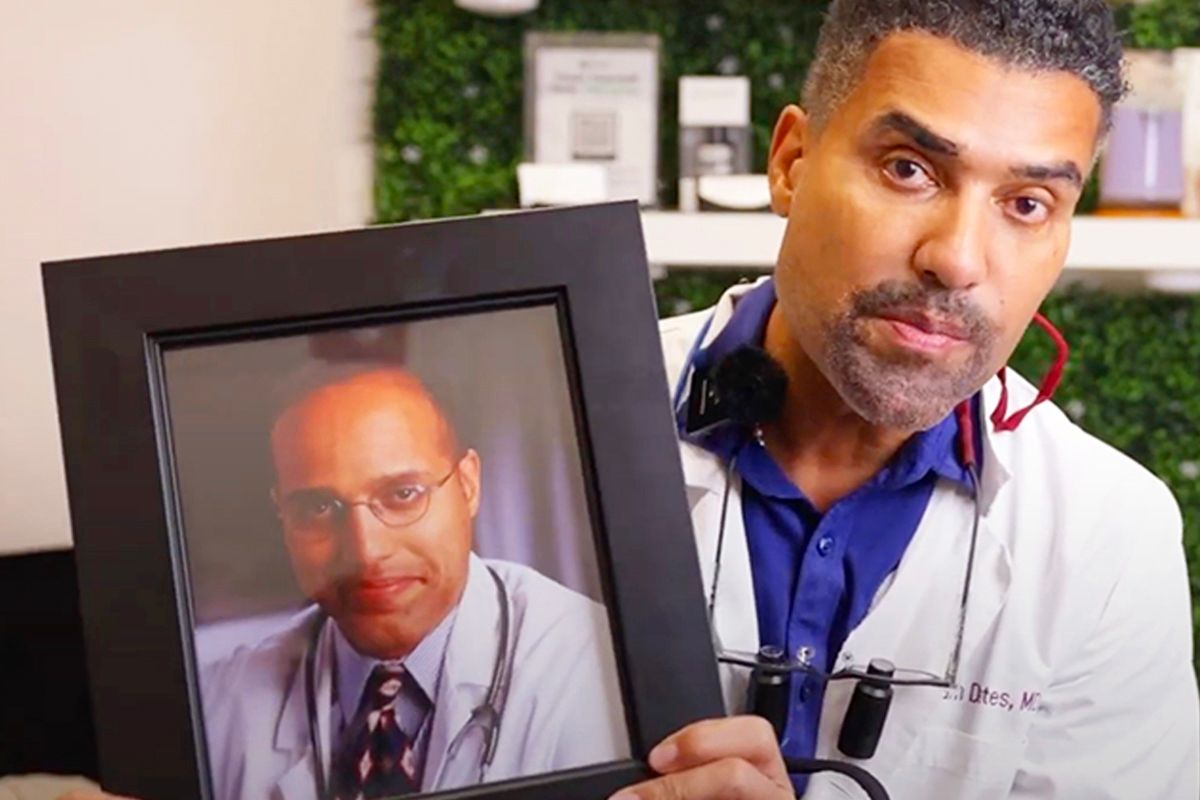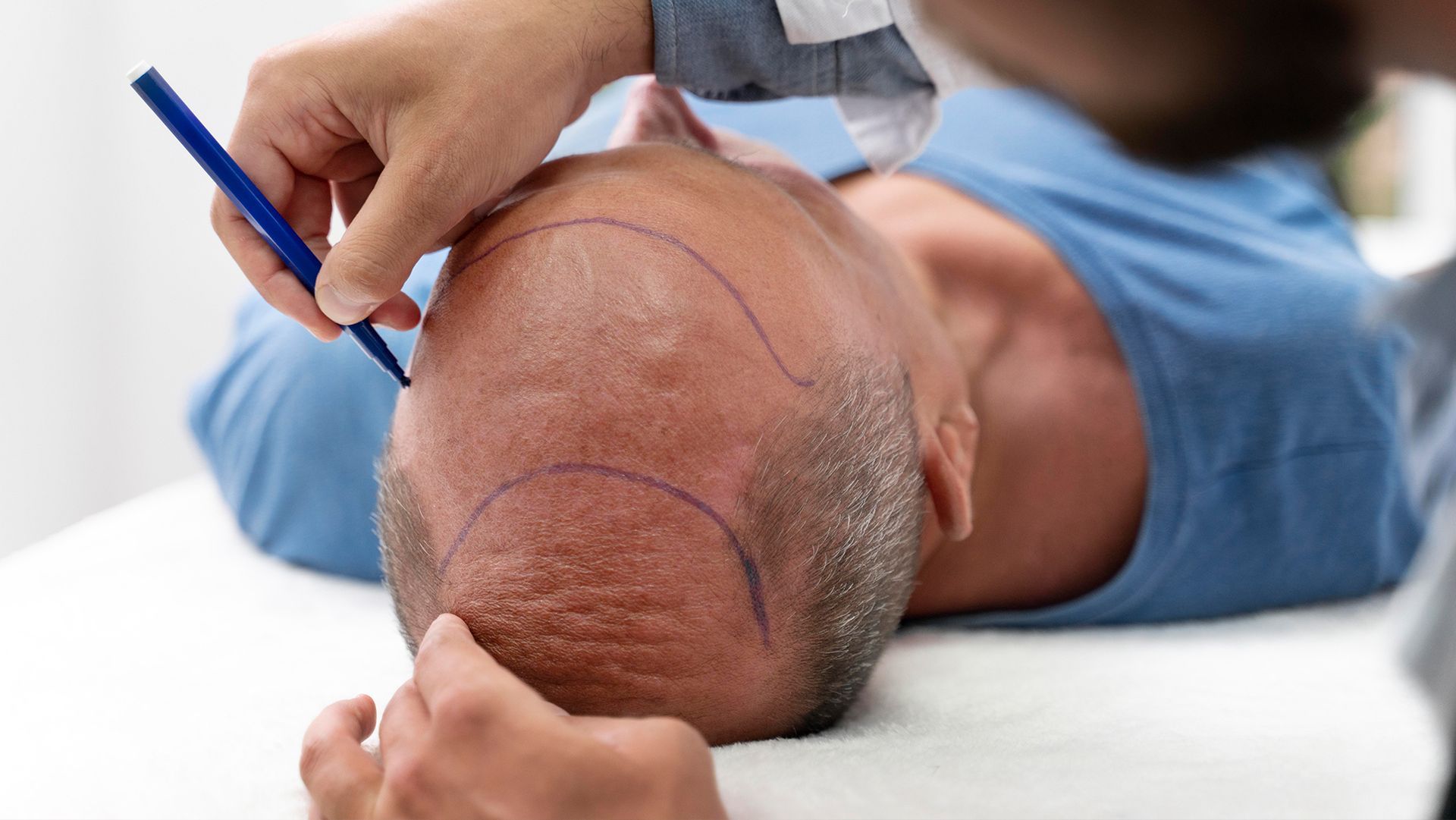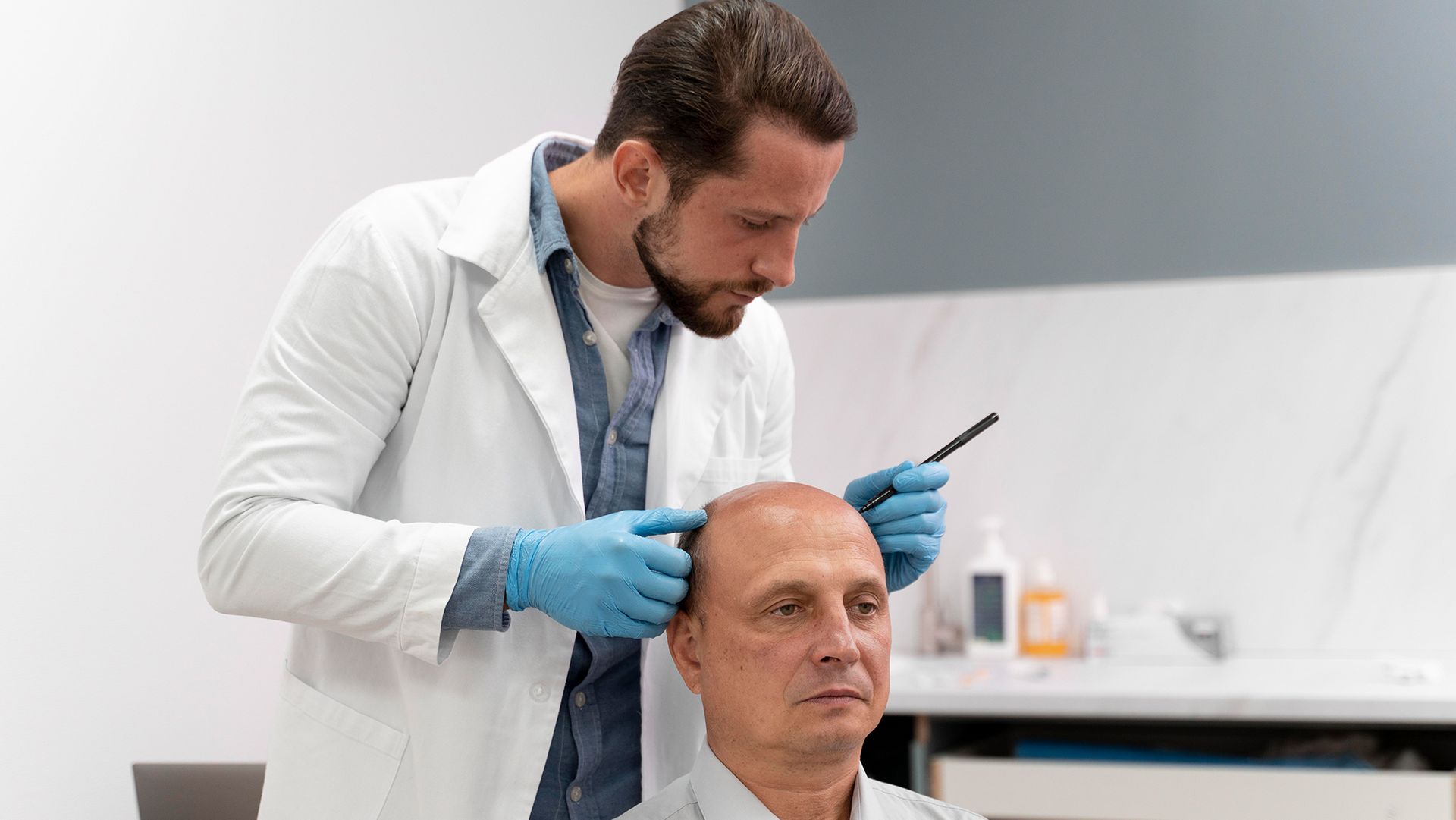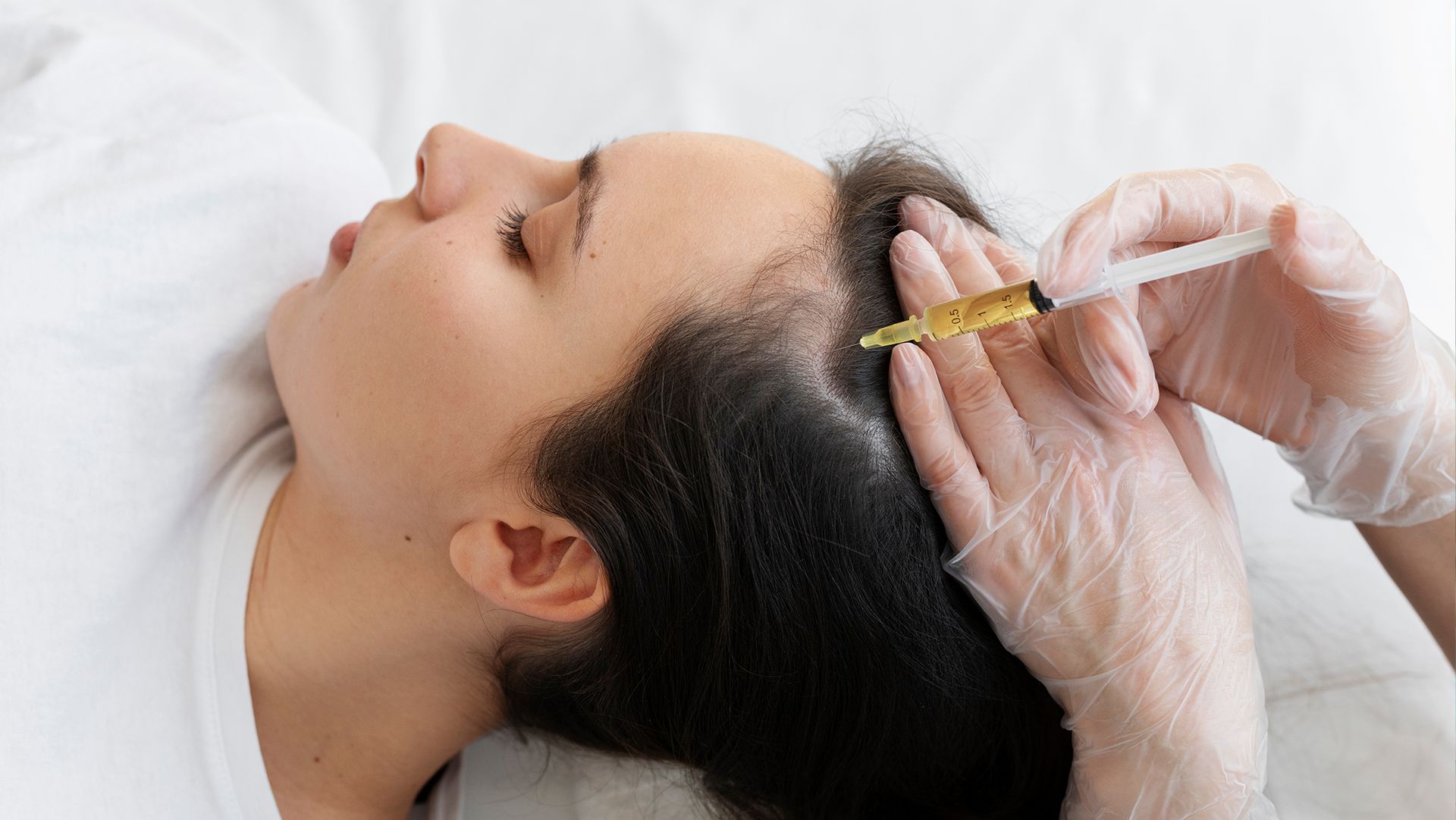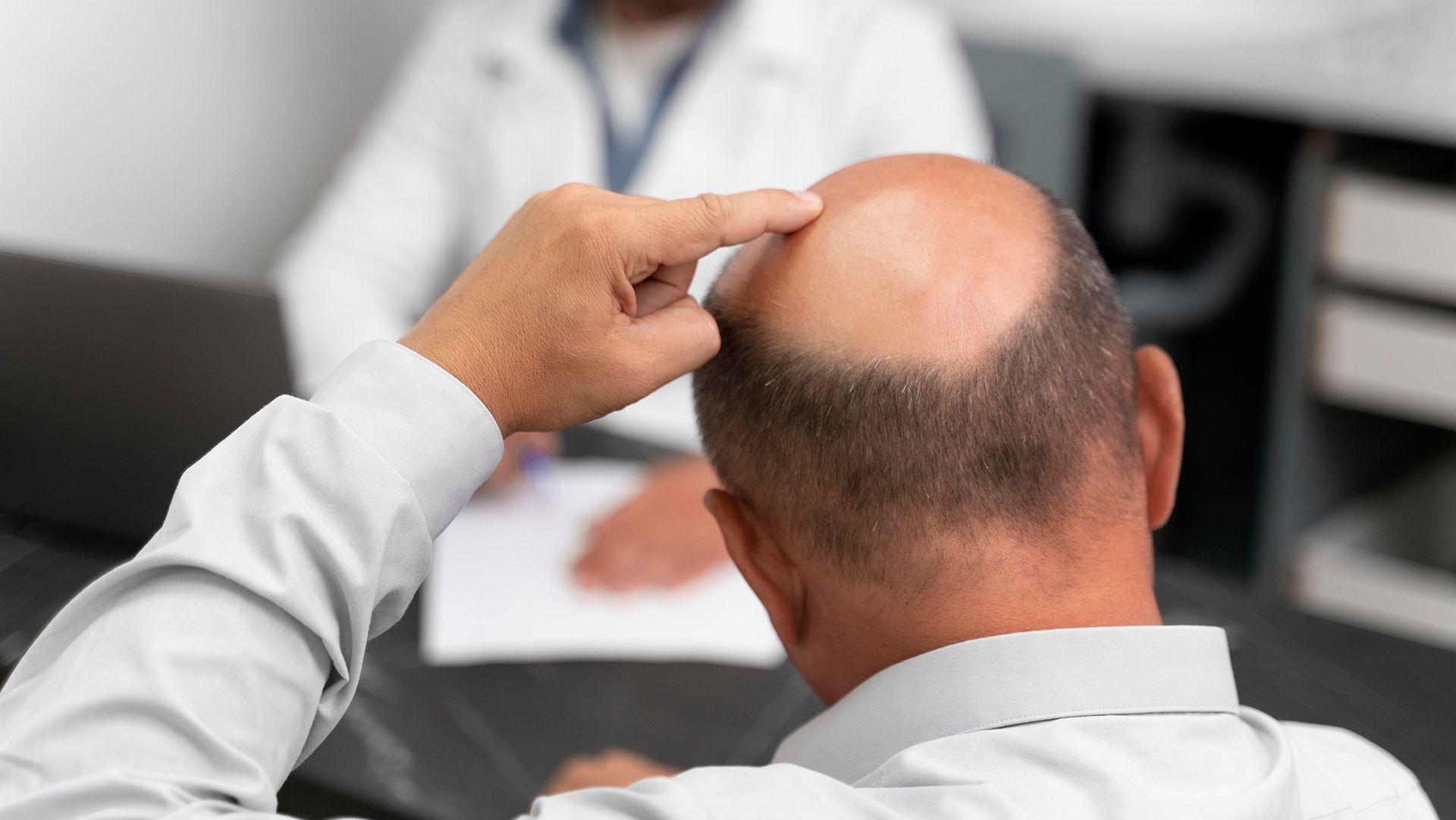A Quick Guide to Getting Started with Facial Hair Transplant
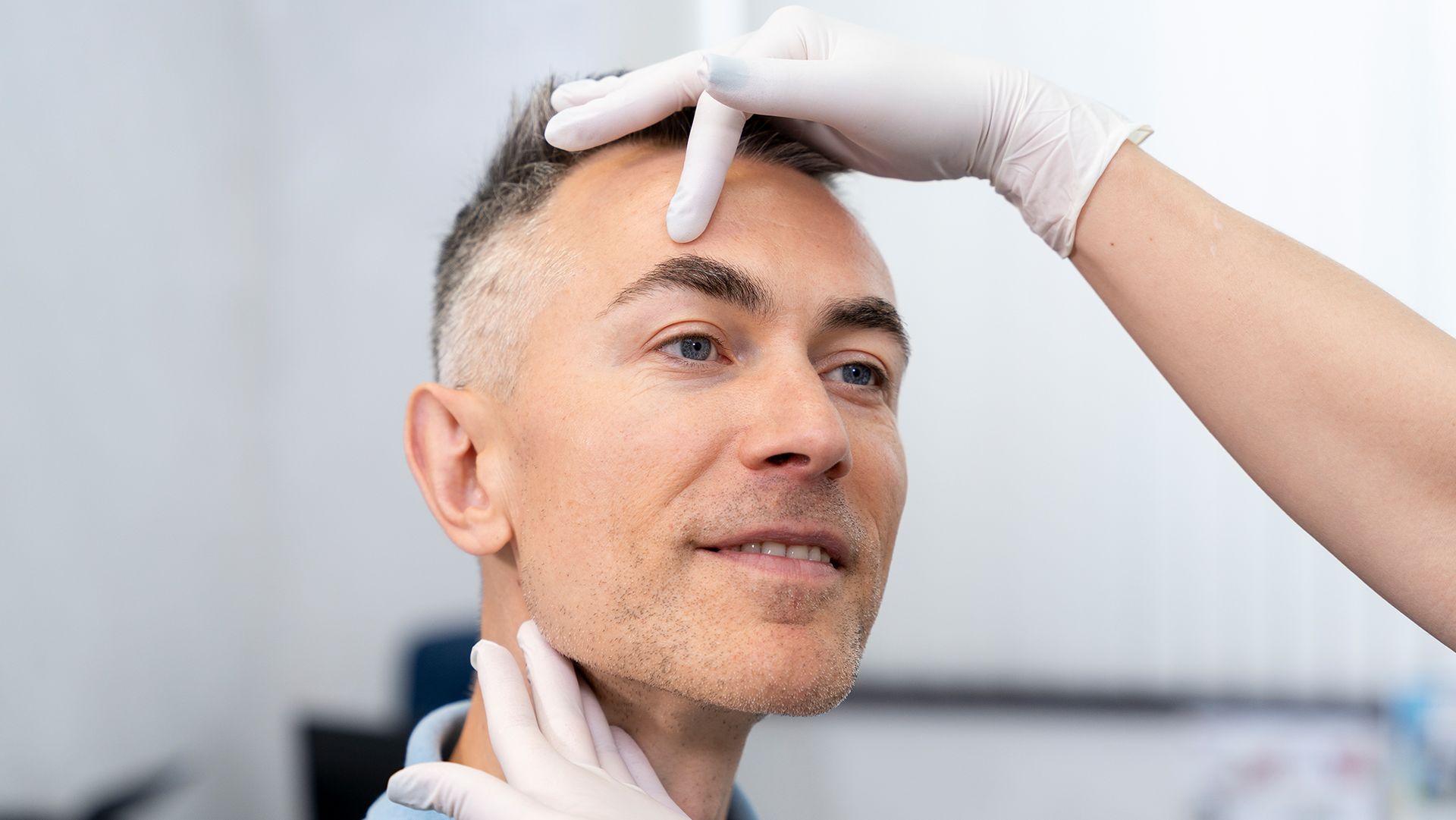
Are you considering getting a facial hair transplant? Perhaps you’re noticing hair fall even in your face, or maybe you want to boost hair growth in those areas. Whichever it is, the procedure can provide you with sure outcomes.
According to statistics,
over 30,000 facial implants have been done in 2019 alone with the potential to increase in the coming years. It includes beard transplants, but what else should you know about them?
Here’s a quick guide to the basics of facial hair restoration to help you get started with ease and ensure you set the right expectations.
How Does a Facial Hair Transplant Work?
You can think of a facial hair transplant similar to the common scalp hair surgery. Like this, it also provides a permanent solution to encourage hair in areas of the face where you might be experiencing thinning or loss. Moreover, it works if you want to increase the amount of hair in those areas overall.
Because of this, the methods available are also the same, namely including follicular unit transplantation or FUT and follicular unit extraction or FUE. The primary difference between them is the method used to take grafts or hair follicles from your scalp.
With a facial hair transplant, you can expect your surgeon to gather hair follicles from other areas, either directly or by cutting a strip. Although you’re growing facial hair, the scalp is still a common donor area.
Once there are enough grafts, these are transferred into the desired facial areas through implanting. To ensure it creates equal volume later, your surgeon will likely mark the desired areas before starting the procedure. It also allows you to view the outline and express whether you approve or want to make changes based on your goals.
Who Can Get a Facial Hair Transplant?
Before you book an appointment for a facial hair transplant, you want to consult a professional. As much as possible, get in touch with someone who is already skilled in the field. You can also consider having a consultation with the person who might handle your treatment.
The importance of contacting a professional is that you will likely only know if it’s a good method for you. Moreover, it gives you an expert’s perspective on how suitable you are as a candidate for a facial hair transplant.
While there are different considerations to look into, the top condition is to be sure you have enough healthy and stable hair in the donor area. This way, you won’t have to worry about disrupting the growth in those areas after harvesting hair follicles.
Those who are experiencing baldness have fewer options than those who only notice more active hair fall. It’s because your options are likely limited due to the lack of healthy hair.
What to Expect with a Facial Hair Transplant
Like other hair surgeries, a facial hair transplant will have side effects. Even so, these are often temporary and will fade as long as you follow the right aftercare instructions.
There are a few activities you should avoid for the first few days after the procedure. It includes the following:
- Strenuous physical activities and sports
- Exposure to direct sunlight
- Smoking
- Touch and picking on the surgical sites
You might also notice redness, swelling, numbness, and crustiness during your recovery. Either way, it’s good to know which of these is a sign you should get a follow-up.
Additionally, healing takes a while, almost half a year to a whole year long. These often vary based on how your face is receiving the facial hair.
Moreover, the implanted hair may begin to fall out in two weeks to a month to allow room for new follicles to grow. Either way, the time it takes for results to be noticeable is the same.
Facial Hair Restoration Alternatives
Aside from getting a surgical procedure, there are other ways to control facial hair restoration. You can also consider these as an additional push to the results of the regular facial hair transplant. This way, the outcomes can last longer.
So, here are some of those facial hair transplant alternatives if you want something less invasive:
Medication
When you’re dealing with hair loss, medication is one of the first solutions experts recommend. It’s because they are easy to understand and use. At the same time, these help you aid other symptoms or conditions, such as inflammation and more.
With medication, you usually have to continue applying or taking them to see consistent results. Once you stop, you might notice signs of hair loss slowly coming back.
Supplements
Although there are supplements for hair loss, these are actually just supplements in general. The goal is to ensure your body is receiving the right amount of nutrients.
Because of this, it’s important to consult a professional before you start. This way, you know exactly what to address and decide on products and supplements that provide you same results.
Lifestyle Changes
Your lifestyle can affect your hair’s growth more than you think, even with facial hair. Sticking to a healthy routine allows your hair to receive the nutrients it needs to maintain its strength and health.
One example of this is to change your eating habits. Rather than consuming anything you want, consider making adjustments to your diet, like adding more vegetables to the mix. This way, you can be extra sure you’re getting the nutrients you need for the day.
You can also consider exercise to improve your blood circulation. With the extra push, blood flow in your hair follicles will increase, encouraging hair growth no matter what the place.
In Closing
Before you get a facial hair transplant, it’s important to know what you’re getting yourself into, from how it works to the potential side effects. This way, you can set proper expectations and get a clear understanding of what you’ll be going through. It also helps you consider if it’s the best option based on your condition and goals.
